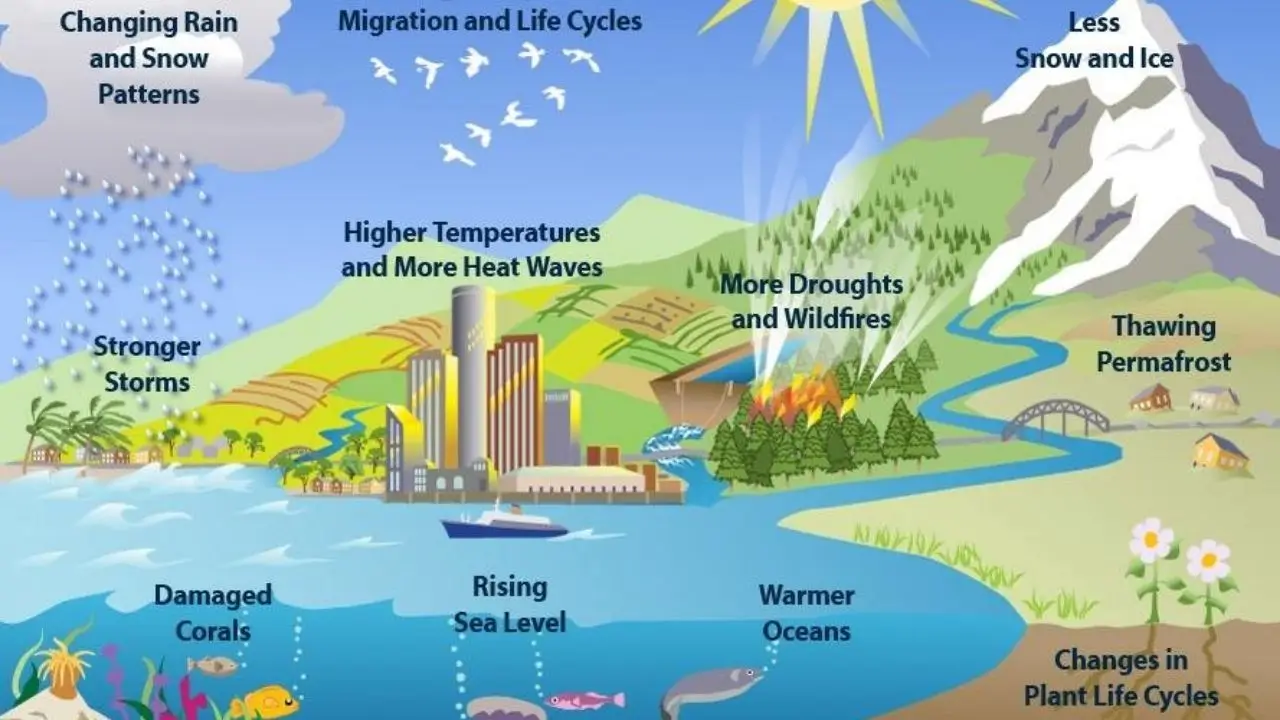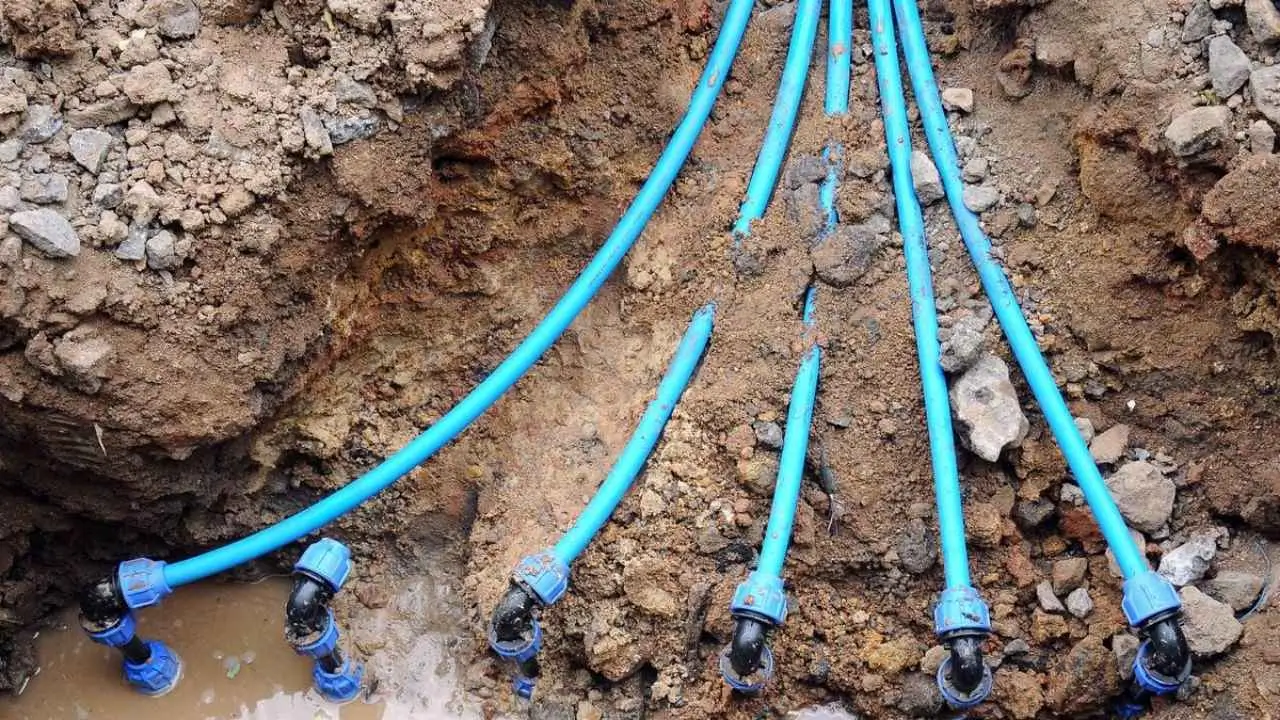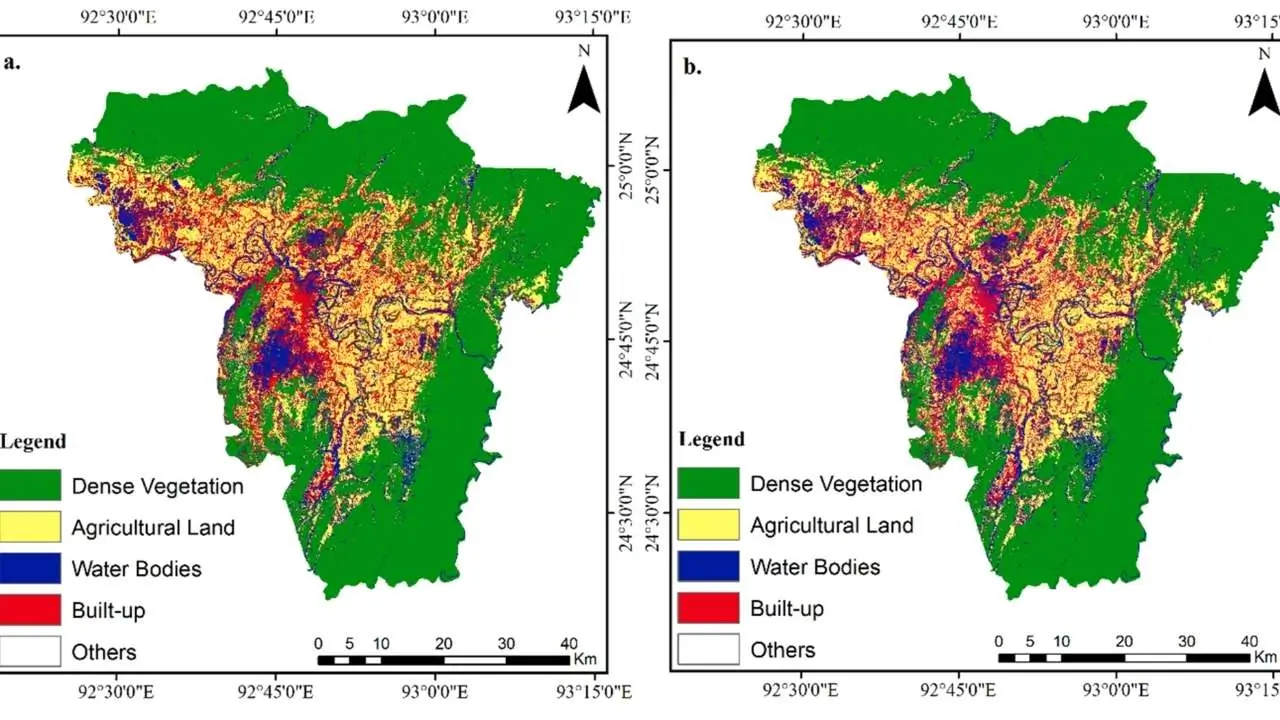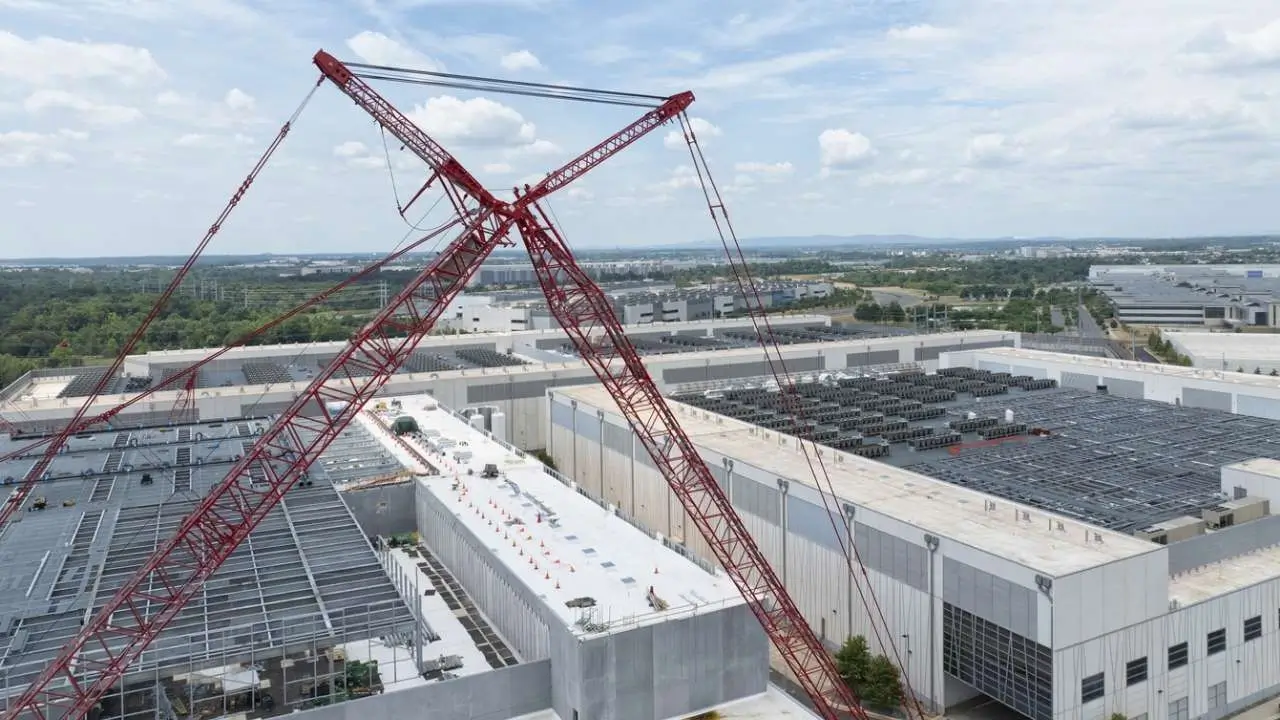As rural and suburban communities across the United States expand, internet infrastructure is emerging as a key catalyst for their development. With advancements in broadband access, these areas are experiencing greater economic opportunities, enhanced education systems, and improved healthcare delivery. As a result, the digital divide is beginning to close, offering new hope for growth in traditionally underserved regions.
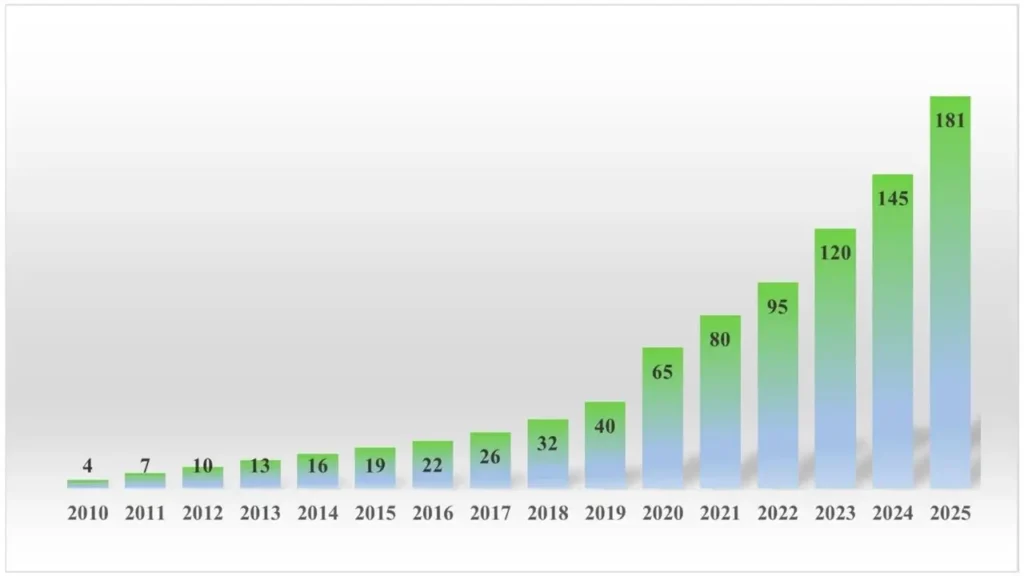
For many years, rural America has faced significant challenges, including limited access to essential resources like high-speed internet. However, the rapid expansion of internet infrastructure is changing that dynamic. Rural communities that once lagged behind in technological advancements are now starting to benefit from the opportunities afforded by improved connectivity. Access to high-speed internet is no longer just a luxury; it has become a necessity that helps level the playing field for communities far from urban centers.
The Economic Impact of Expanding Internet Access
The economic implications of expanded internet access in rural and suburban communities are profound. Historically, these areas have struggled to attract and retain businesses due to the lack of reliable communication tools. However, as broadband access becomes more widespread, rural businesses can now tap into the global economy. Entrepreneurs and small business owners in these communities no longer face the same barriers to entry that once existed, thanks to access to digital tools, online marketing, and remote work opportunities.
Broadband access has opened up new job markets, especially in fields like remote work, tech support, and digital marketing. In many cases, businesses in rural areas can now compete on equal footing with their urban counterparts. Entrepreneurs are using digital platforms to market their products, reach new customers, and streamline operations. This has led to a significant increase in local economic activity.
Take, for example, a small-town entrepreneur who runs a digital marketing agency. Thanks to the internet, she is able to access clients from across the country and even abroad. In the past, reaching a broader customer base would have been nearly impossible, but now, she can offer her services to anyone with an internet connection. This shift has not only allowed businesses to expand but has also created new job opportunities that would not have been available otherwise.
Education: Bridging the Digital Divide
Education in rural areas has also benefited from the expansion of internet infrastructure. In many small towns and remote communities, the ability to offer quality education was often limited by the lack of technological resources. In the past, rural students had fewer opportunities to access advanced coursework, tutoring services, or extracurricular activities that required high-speed internet.
With the expansion of broadband networks, schools in these areas are now able to offer their students the same digital tools and resources available in larger, urban districts. Online learning platforms, virtual tutoring, and access to digital libraries have allowed rural students to experience a broader, more diverse education. Schools are increasingly able to offer courses in subjects like coding, digital literacy, and foreign languages, all of which were once out of reach for rural students.
The digital divide between rural and urban students is narrowing as more schools gain access to high-speed internet. Students in remote areas can now participate in virtual field trips, collaborate on projects with peers in different parts of the country, and access educational content in real-time. Teachers can utilize online platforms to communicate more effectively with students and parents, which helps bridge the gap between the classroom and the home.
Rural schools are also using the internet to offer virtual counseling, career services, and extracurricular activities, which not only enhances students’ academic experiences but also supports their emotional and social development. This increased access to digital tools gives rural students a better chance to succeed in an increasingly technology-driven world.
Healthcare: Improving Access and Quality
The healthcare sector has experienced significant improvements in rural areas due to the expansion of internet infrastructure. Telemedicine, in particular, has become a critical service for rural residents who often live far from healthcare facilities. For people in remote areas, traveling long distances to see a doctor can be a major barrier to receiving timely care. Telehealth services, enabled by high-speed internet, provide patients with access to doctors, specialists, and other healthcare providers without leaving their homes.
Telemedicine has proven particularly beneficial for individuals with chronic conditions who need regular check-ups and consultations. Patients can now connect with healthcare professionals via video calls or online messaging, reducing the need for time-consuming and costly travel. This service also helps address healthcare shortages in rural communities, where there may be fewer doctors or medical specialists available.
In addition to telemedicine, the expansion of internet access has allowed healthcare providers to implement electronic health records (EHRs) and other digital tools that improve patient care. With better access to patient data, doctors and healthcare workers can make more informed decisions, which ultimately leads to better outcomes for patients. The ability to access medical information remotely has also improved the coordination of care for patients with complex medical needs.
The Challenges Ahead: Bridging the Gap
Despite the tremendous progress made in expanding internet infrastructure to rural and suburban areas, significant challenges remain. While broadband access has grown, there are still many areas that lack reliable internet service. In some rural communities, the infrastructure needed to provide high-speed internet is expensive and difficult to implement due to geographical constraints, such as mountains or vast distances between homes.
Another challenge is affordability. For many families in rural areas, even when broadband is available, the cost of accessing it can be prohibitive. This digital divide creates disparities in access to education, healthcare, and economic opportunities. High-speed internet remains out of reach for too many people, and without affordable options, the gap between rural and urban areas could continue to widen.
There is also the issue of digital literacy. Even in areas where broadband is available, many residents lack the skills necessary to take full advantage of the internet. Older adults, in particular, may be less familiar with technology, limiting their ability to access online resources, apply for jobs, or communicate with healthcare providers.
To address these challenges, ongoing investment in internet infrastructure is necessary. Expanding broadband to every corner of the country will require collaboration between the federal government, state governments, and private companies. Programs that aim to subsidize broadband access for low-income families, along with initiatives to improve digital literacy, are also essential to ensuring that no community is left behind.
Inside the Multimillion-Dollar Projects Reshaping Cache Valley’s Skyline
A Roadmap for the Future
Looking ahead, the continued development of internet infrastructure in rural and suburban areas promises even greater benefits. As more areas gain access to broadband, new opportunities for growth and development will emerge. Rural communities will be able to build on their strengths, such as agriculture, tourism, and small manufacturing, and connect with global markets in ways that were once impossible.
The role of internet infrastructure in economic, educational, and healthcare development is becoming increasingly clear. Communities with access to high-speed internet are already seeing positive changes in their economies, educational systems, and healthcare outcomes. As more regions are connected, the potential for further growth and prosperity will expand, creating a more inclusive and connected society.
Ultimately, the expansion of broadband access represents not only a technological advancement but also a social one. It empowers individuals, enhances opportunities, and strengthens communities. The digital divide may not be fully closed yet, but with continued investment and commitment, the promise of a connected, digitally empowered future for rural and suburban America is within reach.


